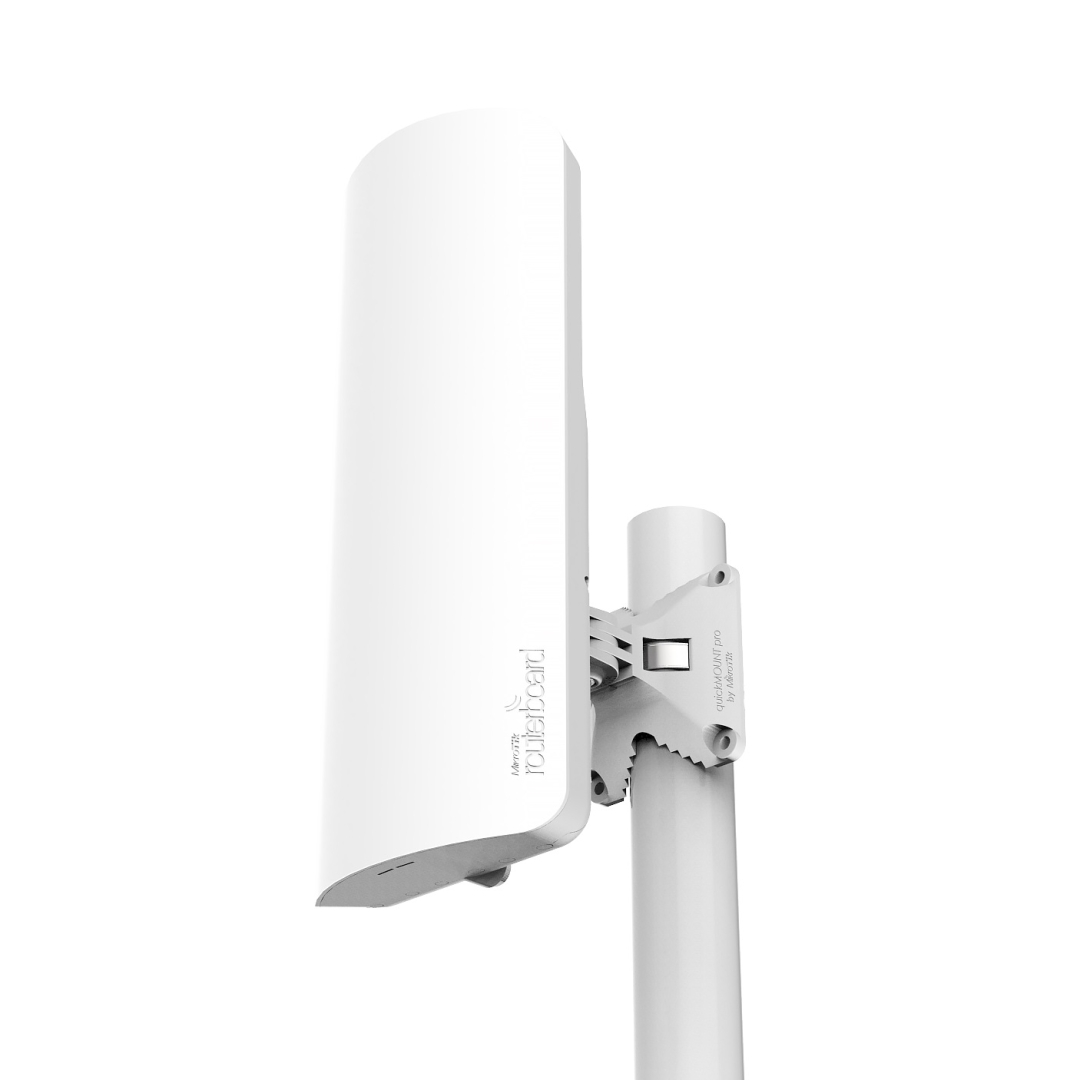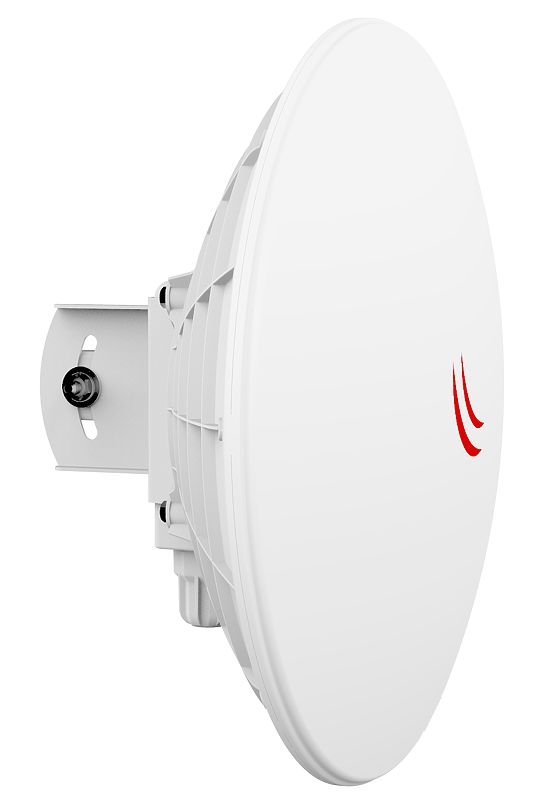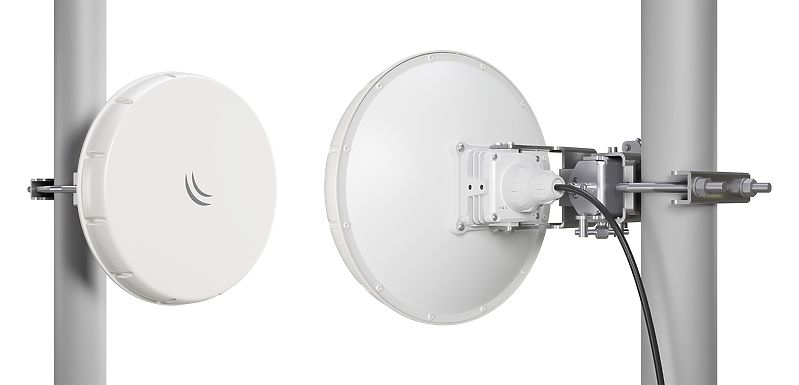If you want to extend your network's reach and ensure reliable wireless connections, PtP wireless solutions are essential. These solutions offer various benefits that cater to different applications and environments. To optimize your PtP wireless setup, you should evaluate several factors, such as your network's coverage area, speed requirements, security features, management options, scalability, quality of service (QoS), budget constraints, and compatibility.
PtP wireless technology is versatile and offers several advantages, making it an excellent choice for various scenarios. You can enjoy high-speed data transfer, expanded network reach, secure data transmission, scalable solutions, quality of service (QoS), cost-efficiency, reliable connectivity, streamlined deployment, flexibility for diverse environments, and integration capabilities. By harnessing these benefits, you can enhance your network's connectivity, making it a robust and reliable foundation for your business operations.
To elevate your network connectivity to new heights, explore Vodanic's PtP wireless solutions in Dubai.





Mikrotik point-to-point wireless is a reliable and cost-effective solution for long-distance connectivity, ideal for businesses, organizations, and individuals connecting two remote locations. It offers a wide range of devices, including wireless routers, access points, and CPE devices, depending on specific needs and budgets. To establish a Mikrotik point-to-point wireless link, two devices are needed, one for each end of the link, and the distance between the devices depends on the type of device and environmental conditions. The Mikrotik RouterOS operating system offers a range of features and capabilities. Mikrotik point-to-point wireless links are known for their reliability and security, providing affordability, scalability, flexibility, and security. With proper planning and configuration, a Mikrotik point-to-point wireless link can provide reliable and secure connectivity for many years. To build and maintain a Mikrotik point-to-point wireless link, choose the right devices for your needs, install them in a clear line of sight, follow the Mikrotik documentation for configuration, and monitor the link for performance and security issues using the Mikrotik monitoring tools.